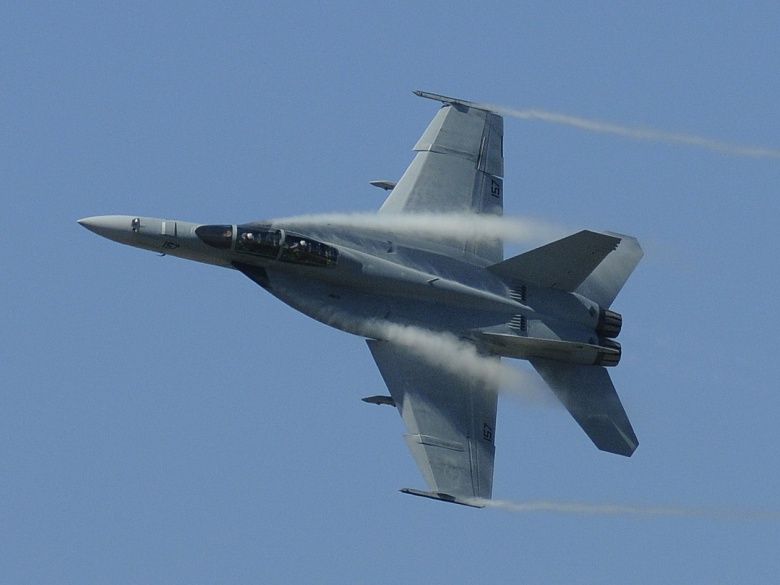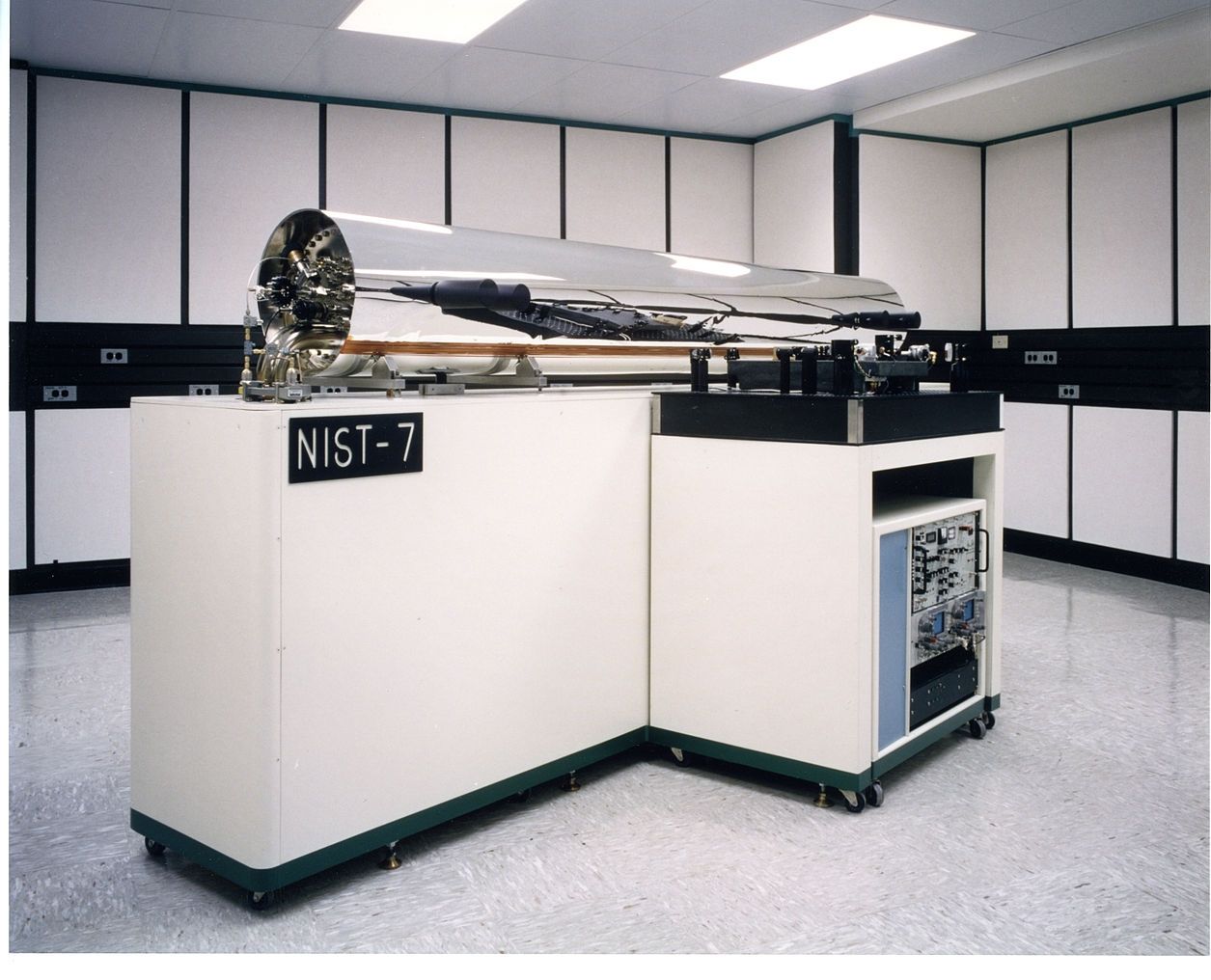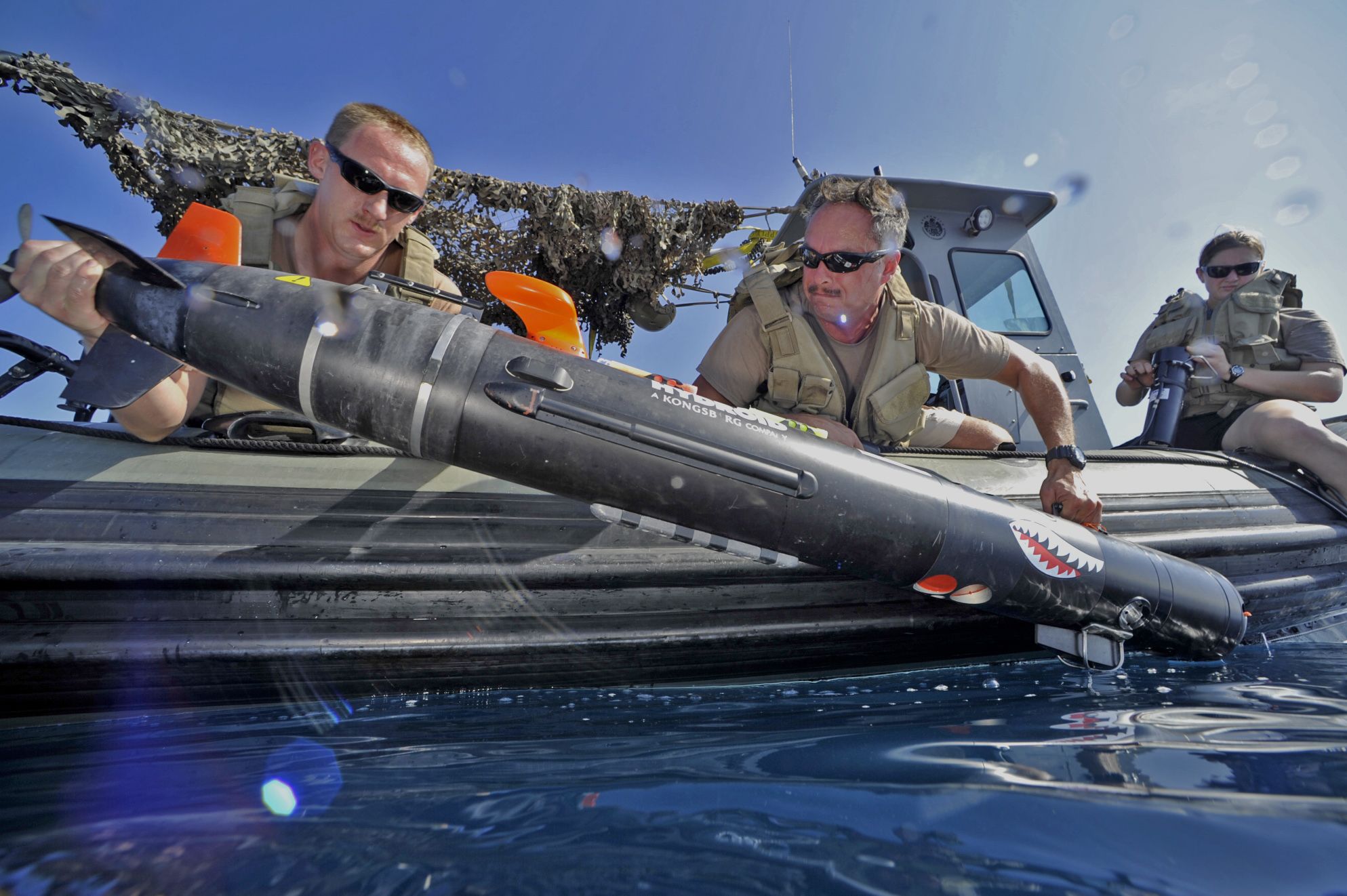Hmmm; I believe that I predicted that Russia would do a military build up near the artic sea and use the Siberian land give away as part of their justification. Also, I projected that Russia main goal is to take over the oil in the artic sea bed and 2 weeks ago Russia became aggressive and began claiming large sections of the artic sea infringing on both Canada and the US. Well, they seem to be following the outline that I shared several months ago. We should keep an eye on this situation.
At a recent event, Russian Defense Minister Sergei Shoigu said that a division of troops would be stationed in Chukotka, Russia’s far-east region, just slightly more than 50 miles from Alaska.
“There are plans to form a coastal defense division in 2018 on the Chukotka operational direction,” said Shoigu.
He said that the deployment was “to ensure control of the closed sea zones of the Kuril Islands and the Bering Strait, cover the routes of Pacific Fleet forces’ deployment in the Far Eastern and Northern sea zones, and increase the combat viability of naval strategic nuclear forces.”









